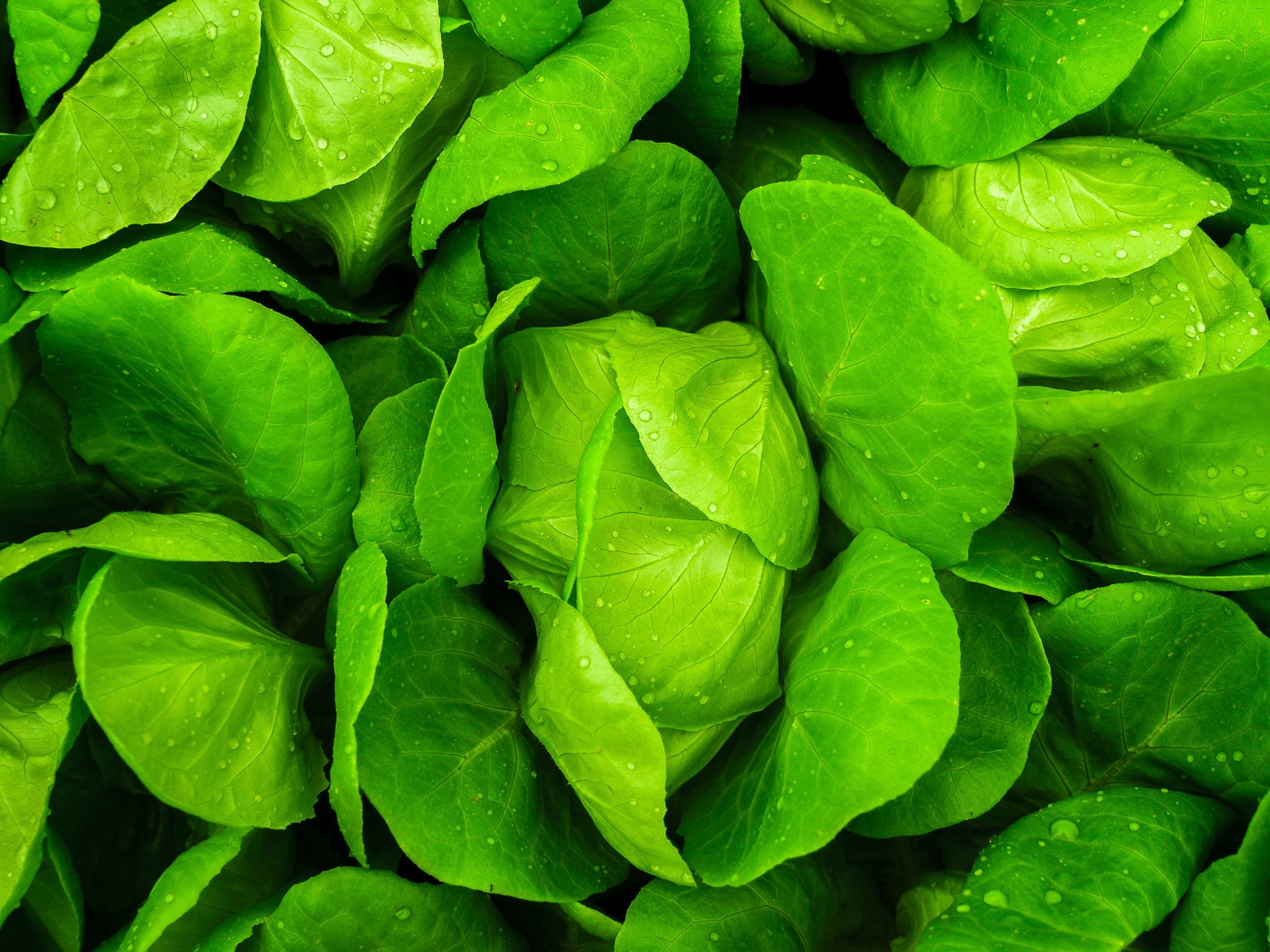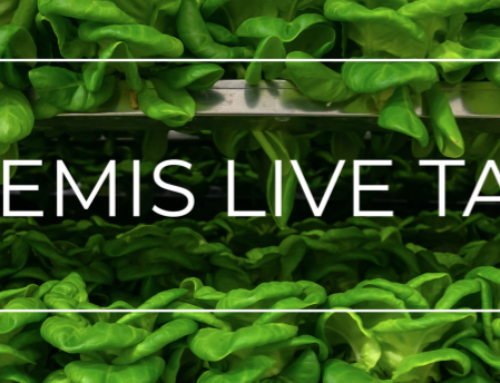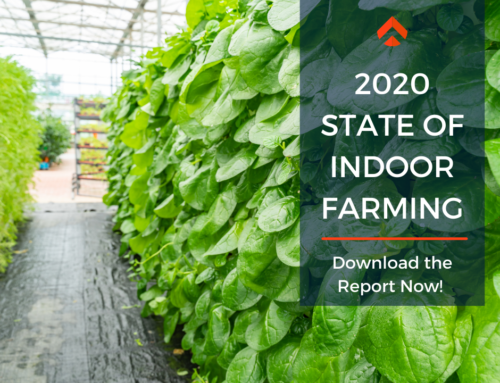There’s a reason why Lanka Salad Company has used Artemis to manage their leafy greens cultivation for the past two years; their Production Manager and Agronomist, Sanjana Silva, has witnessed our CMP’s impact across both operations and production.
What does optimization look like for the Lanka Salad Co? According to Silva, that’s improved yield stability and team productivity. “With Artemis, we were able to create a discipline in the production process. If we can create proper discipline, then ultimately it becomes a science. Right now, our company is a role model in the hydroponic industry. The major reason for that is our yield stability.”
“Yield forecasting is major risk for the production process. However, Artemis gives us more than 90% accuracy.” – Sanjana Silva, Lanka Salad Co. Production Manager and Agronomist
With Artemis, the Lanka Salad Co. not only received their Sri Lankan Good Agricultural Practices certificate, but became the country’s first and only hydroponic farm to hold a GAP certificate. “The Artemis platform helped a lot in getting our GAP certification,” explains Silva. In addition to past milestones, Artemis will also play an important role in the company’s plan to expand by over 20 greenhouses in the next three years.
But how exactly does Artemis support Lanka Salad Co.?
Streamline production.
With Artemis, the Lanka Salad Co. team could designate zones across their production process and automatically assign certain tasks to those zones using growth cycle templates. That in turn minimized errors calculating zone space availability (and the business risks that come with it).
Maintain traceability.
“We record zone, variety name and quantities of each and every crop in Artemis. I can access the data very easily from anywhere. And all the data saves to the cloud,” says Silva.
Cut production costs.
Silva explains, “Before using Artemis we did not have a proper seeding schedule. We changed our seeding plans and quantities frequently. There was no evaluation process to check the germination rate or seed failures. After we introduced Artemis into our [production] system, we were able to create a seeding pattern and corresponding task list.” That means the team is able to identify seed failures, choose optimal locations for each variety and minimize unnecessary seed consumption.
Manage labor resources.
After using the facility’s task list to create a day-to-day work schedule for the team, Lanka Salad Co. could identify the optimum number of staff members they need to maintain their production system. Silva explains, “Greenhouse staff can clearly identify tasks and duties. They understand the pattern we created with Artemis.”
Visualize custom data reports.
Silva looks at yield forecast data for each crop variety—both in total kilograms as well as number of heads—and compares past yield records against each other by variety and zone. He can compare both seeding unit and harvested lettuce heads datasets for his team of growers, and report yield forecasts to the company’s Sales Manager. Silva even pulls reports to calculate the average weight of heads for any given batch and then use that data to produce a production summary.
Watch the video below to see the Artemis platform in action at the Lanka Salad Co.
Want to learn more? Get in touch with the Artemis team here.






Leave A Comment